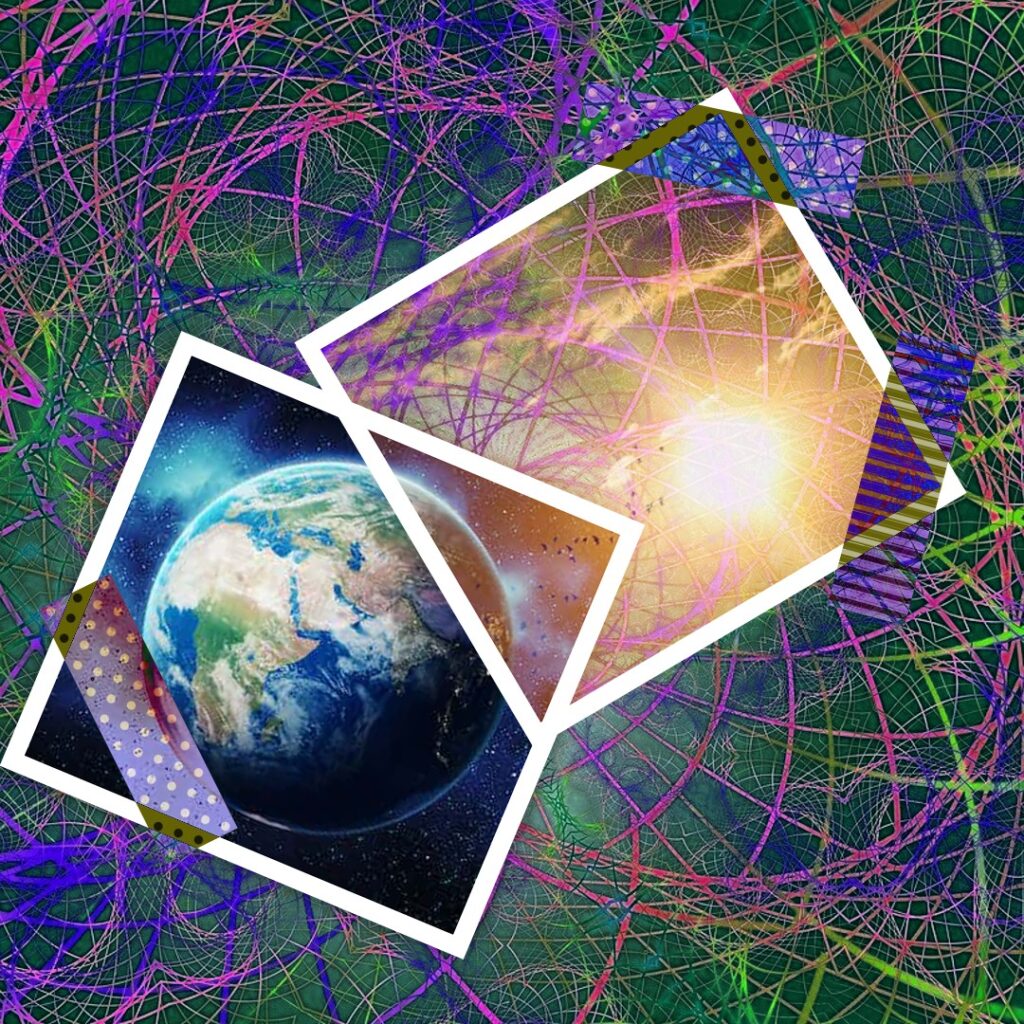
Hiranya Garbha Suktam – Krandasi
Estimated reading time: 4 minutes
The English word cry (Latin Critare) is related to the Sanskrit root Krandas (क्रन्दस्). Krandasi (pronounced Krandasee) is a unique word in the Vedas. It is derived from the root Krandas. We find this word in a mysterious Rik mantra. This Rik is from the famous Hiranya-Garbha Suktam, dedicated to the supreme being who is a mystery. Hiranya Garbha refers to the cosmic egg which shines like gold (Hiranya).
यं क्रन्द॑सी॒ अव॑सा तस्तभा॒ने अ॒भ्यैक्षे॑तां॒ मन॑सा॒ रेज॑माने
Rig Veda – 10th Mandala – 127th Suktam – 6th Rik
yaṃ krandasī avasā tastabhāne abhy aikṣetām manasā rejamāne
यत्राधि॒ सूर॒ उदि॑तो वि॒भाति॒ कस्मै॑ दे॒वाय॑ ह॒विषा॑ विधेम ॥
yatrādhi sūra udito vibhāti kasmai devāya haviṣā vidhema
Krandasi is a reference to the pair of Earth and heaven. Rik six of the Hiranya Garbha Suktam uses this word to highlight the conflict between the Earth and Heaven. Tumultuous screams (Kranda/क्रन्द) arise in a war when two factions mesh into each other. Such cries characterize the nature of the conflict between the world of humans and Devas.
The conflict between Heaven and Earth
What is the cause of this conflict? Inter-dependence binds Heaven and earth into a mesh. The blessings of the Devas make timely rains possible. Rain sustains life on earth. Good deed of men supports Devas in turn. Devas await offerings in Yagnas from men (Yagna is a metaphor for giving away one’s possessions for the benefit of others)
Men turn away from good deed when demonic qualities possess them. Such men deprive Devas of their sustenance. The Devas, in turn, withhold timely rains. Devas wage a war on Asuras, the demonic forces which come to possess human minds. This is an ongoing war. It is an unsustainable conflict. The unseen divinity alone can return balance. The word अव॑सा/avasā in the Rik refers to the grace of the divine.

Who recognizes this grace? The Rik answers this question. Devas and humans can recognize the grace with their minds (मन॑सा॒/manasā). But the mind must be illumined (रेज॑माने/rejamāne) to know the truth about the divine.
Rik six of the Hiranya Garbha Suktam continues – “The Sun arises and shines brightly. This brightness fills Heaven and Earth.” In other words, when conflicts subside, we can appreciate the gifts of nature. All these are possible by the grace of the divinity. But who is this mysterious divinity? We can only wonder about him/her/it. Let us offer our Havis offerings to this mysterious Deva.
A Multi-level Analysis of Rik 6
Vedic mantras can be understood better through multi-level analysis. The above is an example of such an exercise. We can contrast this with a cursory translation of Rik 6 of the Hiranya Garbha Suktam. The cursory translation misses one key point. The Rik pairs the word krandasī (tumultuous sound) and tastabhāne (uphold) closely. The rudimentary translation quoted below ignores this. Sadly, an internet search returns no multi-level analysis-based translation at the top.
To him, supported by his help, two armies embattled look while trembling in their spirit,
Rig Veda, Tr. By Ralph T.H. Griffith, [1896]
When over them the risen Sun is shining. What God shall we adore with our oblation?
Devas have a mind?
Rik six tells us that Krandasi recognizes the role of the mysterious divinity with an illumined (rejamāne) mind (manasā). Krandasi refers to both Earth and Heaven. Human beings have a mind. Do Devas have a mind? Yes! Mind is a reality not only on Earth but also in heaven. A living being on the Earth has a material body and a mind. This uses the human brain as a vehicle. In contrast, Devas do not have an earthly body. The mind can get confused and clouded. An illumined mind can recognize reality behind the visible realm. Rik six of Hiranya Garbha Suktam asserts this. Everyone is familiar with the possibility of a human being getting enlightened. Similarly, we find stories of Devas being enlightened in the Puranas.
References to Hiranya Garbha Suktam
Hiranyagarbha Suktam – hiraṇyagarbha sūktam – Stotra Nidhi
Rig Veda 10.121.6 [English translation] (wisdomlib.org)
RigVeda Mandala 10 – Hinduism Made Simple (wara.in)
Mandala 10 | Vedic Heritage Portal (Sakala Samhita chants)
Related posts
Primordial Prakriti and Plasma